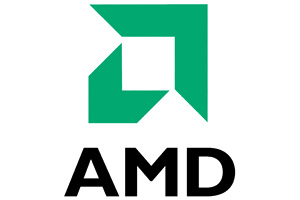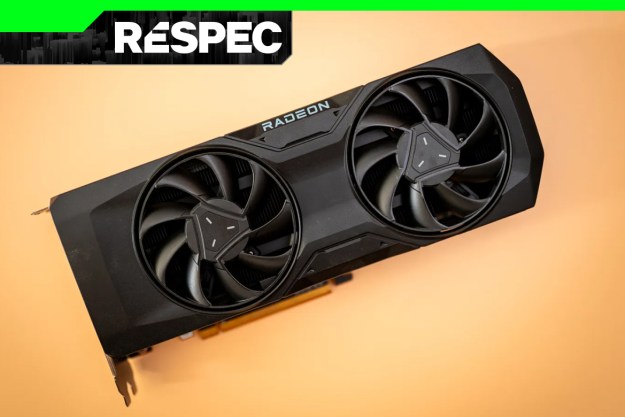 Video game console developers have the luxury of limiting their avenues of competition to peripherals and first-party/exclusive releases, at least until a new generation of hardware is released. Graphics card manufacturers aren’t quite so lucky, caught as they are in a constant race to one-up competitors with products that offer more visual bang than what’s on the market.
Video game console developers have the luxury of limiting their avenues of competition to peripherals and first-party/exclusive releases, at least until a new generation of hardware is released. Graphics card manufacturers aren’t quite so lucky, caught as they are in a constant race to one-up competitors with products that offer more visual bang than what’s on the market.
AMD takes the lead today with the release of its Radeon HD 6990 graphics card, the world’s fastest… until the next “world’s fastest” is released, that is. The beastly new video adapter offers plenty more of that visual bang, though it comes at a considerable cost: $699. Yes, you could buy one of the market’s top-shelf tablets for around the same price. That tablet won’t run Grand Theft Auto IV with its settings juiced to the max though, will it?
The HD 6990 is a dual-chip card, featuring two powerful GPUs crammed together onto a single circuit board along with 4GB of GDDR5 memory. It has massive power needs as you might expect, and some reviews call it out for being noisy — this is true of many high-end graphics card, which require constant cooling to prevent overheating — but the card itself is quite powerful, with a built-in switch that boosts the clock speed up from 830MHz to 880MHz.
All of which is really just an overly technical way of saying that this thing is a beast. The full set of technical specifications is quite daunting, but the takeaway is pretty simple: with the HD 6990 installed in a comparably powerful desktop, you can expect every game that’s out or being released in the next year or two to run at or near its maximum settings. Of course, this is true of other high-end cards on the market as well. They’re not the “world’s fastest” though, are they?
Editors' Recommendations
- How to install a graphics card
- Nvidia RTX 50-series graphics cards: news, release date, price, and more
- The sad reality of AMD’s next-gen GPUs comes into view
- 10 best graphics cards of 2024: finding the best GPU for gaming
- You shouldn’t buy these Nvidia GPUs right now



